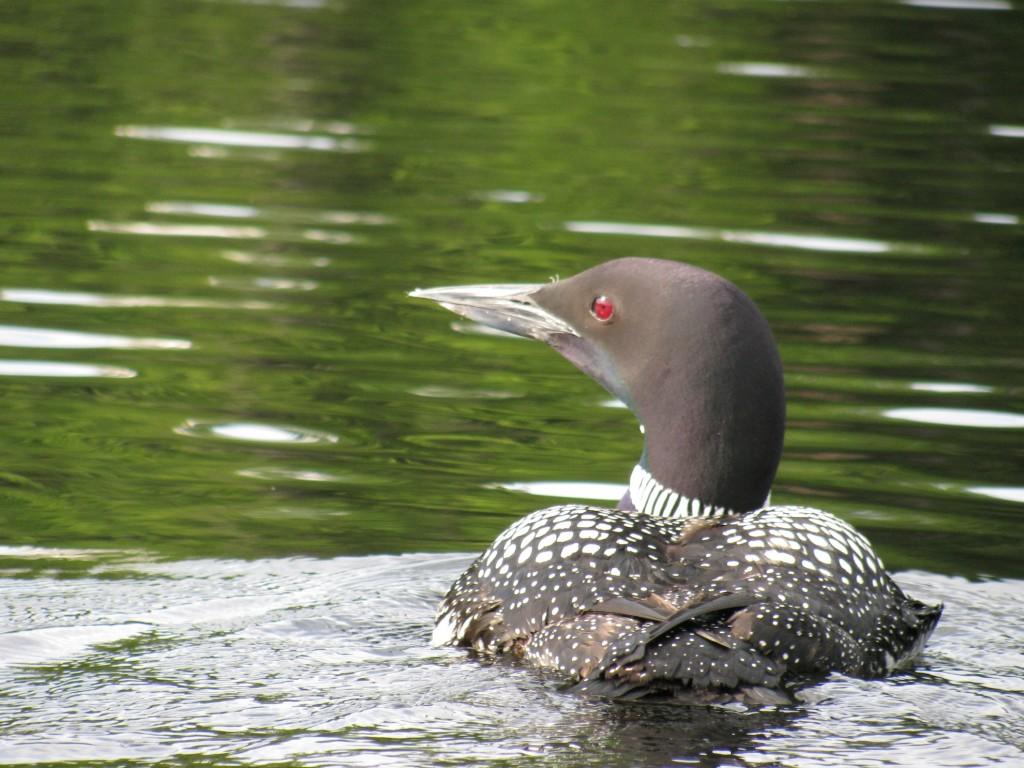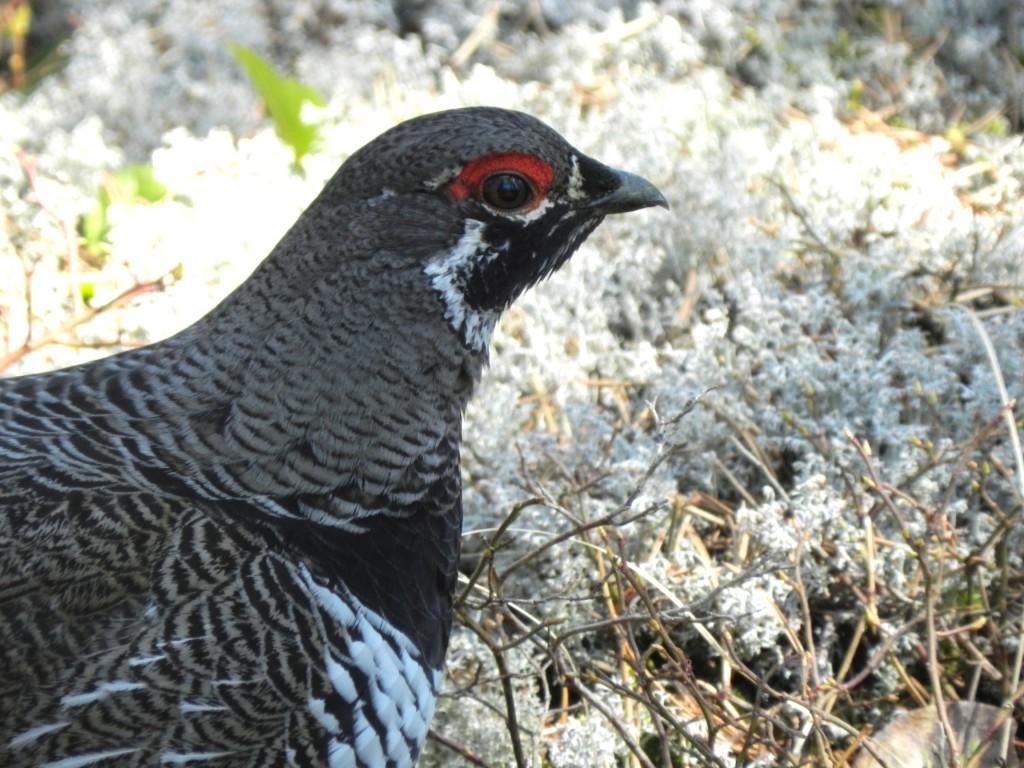National Parks: Ecology and Economy
The Spruce Grouse is one of many animals that would benefit from the Katahdin Woods and Waters National Park. Photo by Matty Hack.
In Northern Maine, Roxanne Quimby — the founder of the skin care company Burt’s Bees — is detested by many of her neighbors; “Ban Roxanne” bumper stickers exist. What was Quimby’s crime? She is trying to turn approximately 75,000 acres of the Maine wilderness into what would be known as the Katahdin Woods and Waters National Park [Katahdin].
Since the days of Theodore Roosevelt, national parks have been essential to American wildlife conservation. The millions of acres that comprise these parks offer largely unbroken, natural habitat to countless species of animals, some of which depend almost entirely on them. American Bison, for instance, are more or less restricted to a few parks. The benefits of national parks extend to humans as well. National parks attract lots of tourists, and tourism is excellent for the local economies. The presence of national parks — and tourists — creates more jobs.
Yet many people remain adamantly opposed to the creation of national parks. Some of these people are opposed to government intervention in general, even when the intervention is beneficial. This paranoia is particularly prevalent in Northern Maine, where residents are used to doing what they want with the land. They fear that Katahdin will take away what they see as their right to hunt or snowmobile wherever they want. The results of this are scathing comments from Maine residents in articles about Quimby, and an anti-Roxanne Quimby Facebook group.
Though 75,000 acres is a significant amount of land, the proposed national park would take up less than .4% of Maine’s 21 million acres, leaving plenty of room for recreation. Additionally, the protection of land is crucial to the survival of imperiled species nationwide. Northern Maine offers among the largest expanses of unbroken American forest habitat east of the Rockies; losing it would be an environmental fiasco. Among the species that call Katahdin home is the Bicknell’s Thrush — a small, brown songbird that breeds only in the montane forests of the Northeast. Katahdin also offers extensive habitat to the Canada Lynx, Black Bear, Spruce Grouse, and Moose, all sparsely-populated species for which undisturbed habitat is essential.
For those Maine residents who are more interested in hunting animals than conserving them, there can be another incentive to create a national park: the reinvigoration of the local economy. Millinocket, the town closest to Katahdin, has seen better days. Its economy has traditionally centered around logging and paper, but is in desperate need of a new stimulant. The presence of a national park would bring both jobs directly related to the park and jobs created by the tourists it attracts. Since Millinocket’s population has fallen from 7,742 residents in 1970 to 4,506 in 2010, this sort of boost is desperately needed.
From both an ecological and an economic standpoint, national parks are advantageous to all species, including humans. Not only should Quimby’s dream of the Katahdin Woods and Waters National Park come true, but the creation of other national parks should be encouraged whenever possible.















